
(3rd Eye Museum)
The Arch’Triangle’s Nigerian Leg
The Motherland Museum stands in Enugu to recognize the cultural and historical significance of the Igbo people and to place their story at the heart of Africa’s broader history. It exists to shift how museums are imagined as places that carry responsibility for how history is told.
The museum’s structure was designed to guide visitors through a clear, layered story. It begins with human origins, moves through early civilization, global expansion, the rise and fall of empires, and the violent disruptions of slavery, colonialism, and imperialism. It continues through the fight for independence and the ongoing effects of neocolonial systems.
Architecturally, the building draws on both global and local references. At first glance, it may resemble the base of the Eiffel Tower, but that familiarity gives way to something deeper. Its shape revives the design of the ancient Nsude pyramids, which were built by the Igbo people and date back to the same era as Egypt’s earliest pyramids.
As part of The Arch’Triangle, the Motherland Museum gives the initiative a powerful starting point. It doesn’t aim to bring closure but to bring the narrative back to where it began.
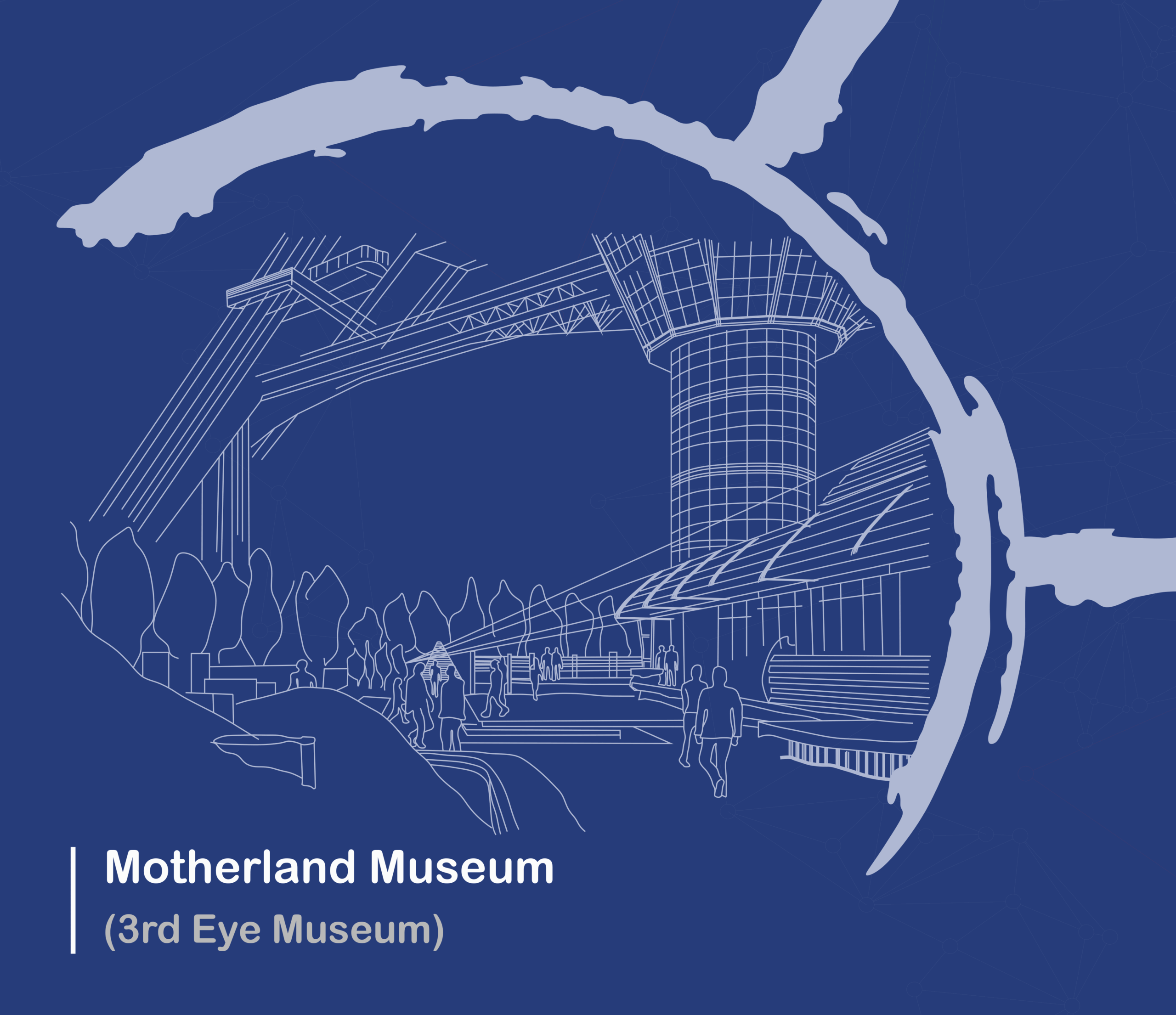
At the Motherland Museum, form and meaning are inseparable. The building is designed to do what exhibitions alone cannot, carry visitors through the weight and complexity of shared human history. Rather than serving as a neutral container, the structure itself challenges, reveals, and connects by using space, symbolism, and elevation to shape how stories are seen and understood. The magnificence of this project positions it to achieve UNESCO World Heritage recognition for modern architecture upon completion.
Set between Lake Nike, the Nike Resort, and the historic monument grounds, the Motherland Museum is the focal point of one of Nigeria’s most significant cultural sites. Visitors can arrive by road, by boat through Lake Nike, or on foot via walkways inspired by traditional ceremonial paths.
The museum features three symbolic entrances:
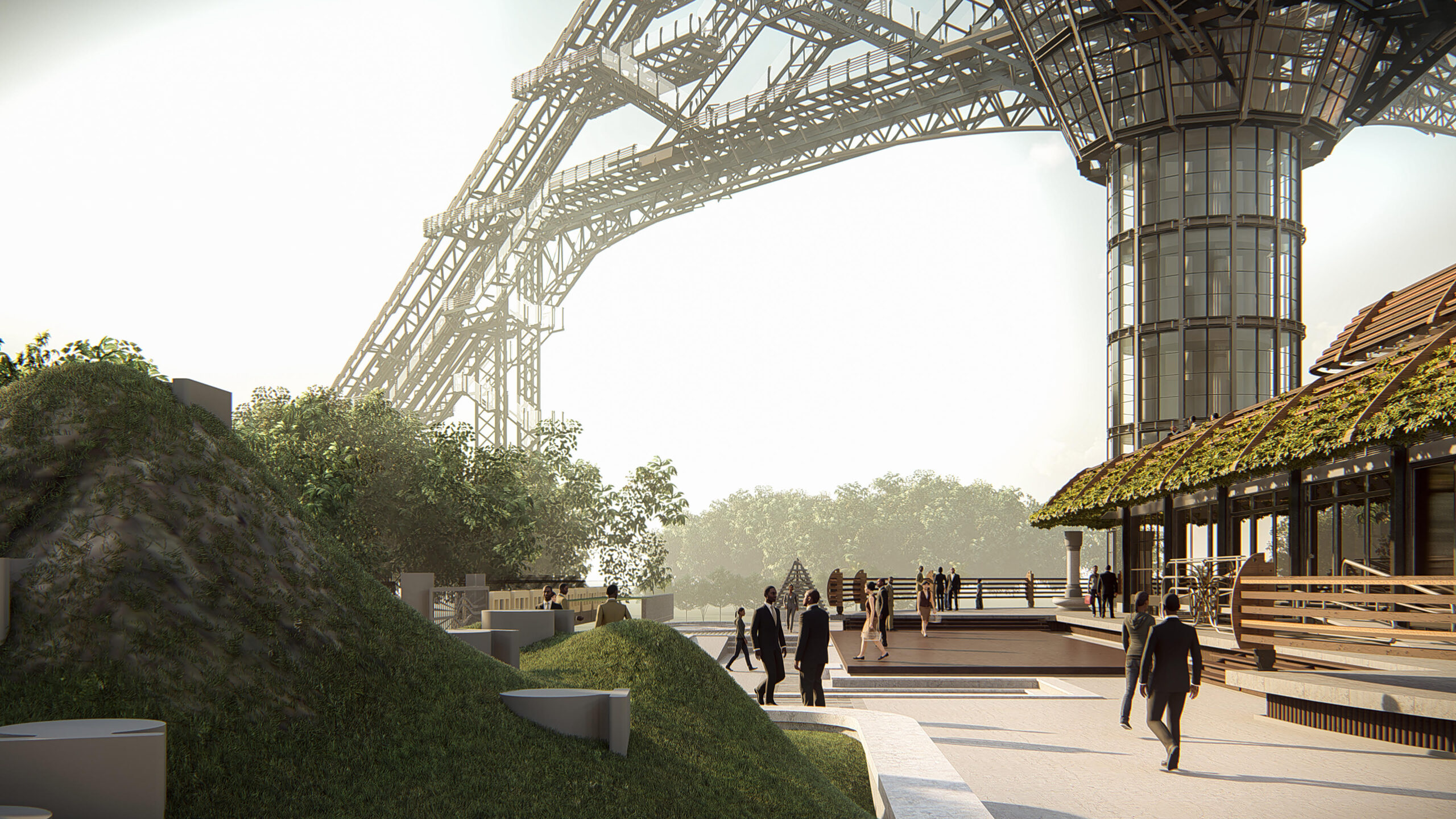
These access points frame the site as both a public landmark and a place of ritual return.
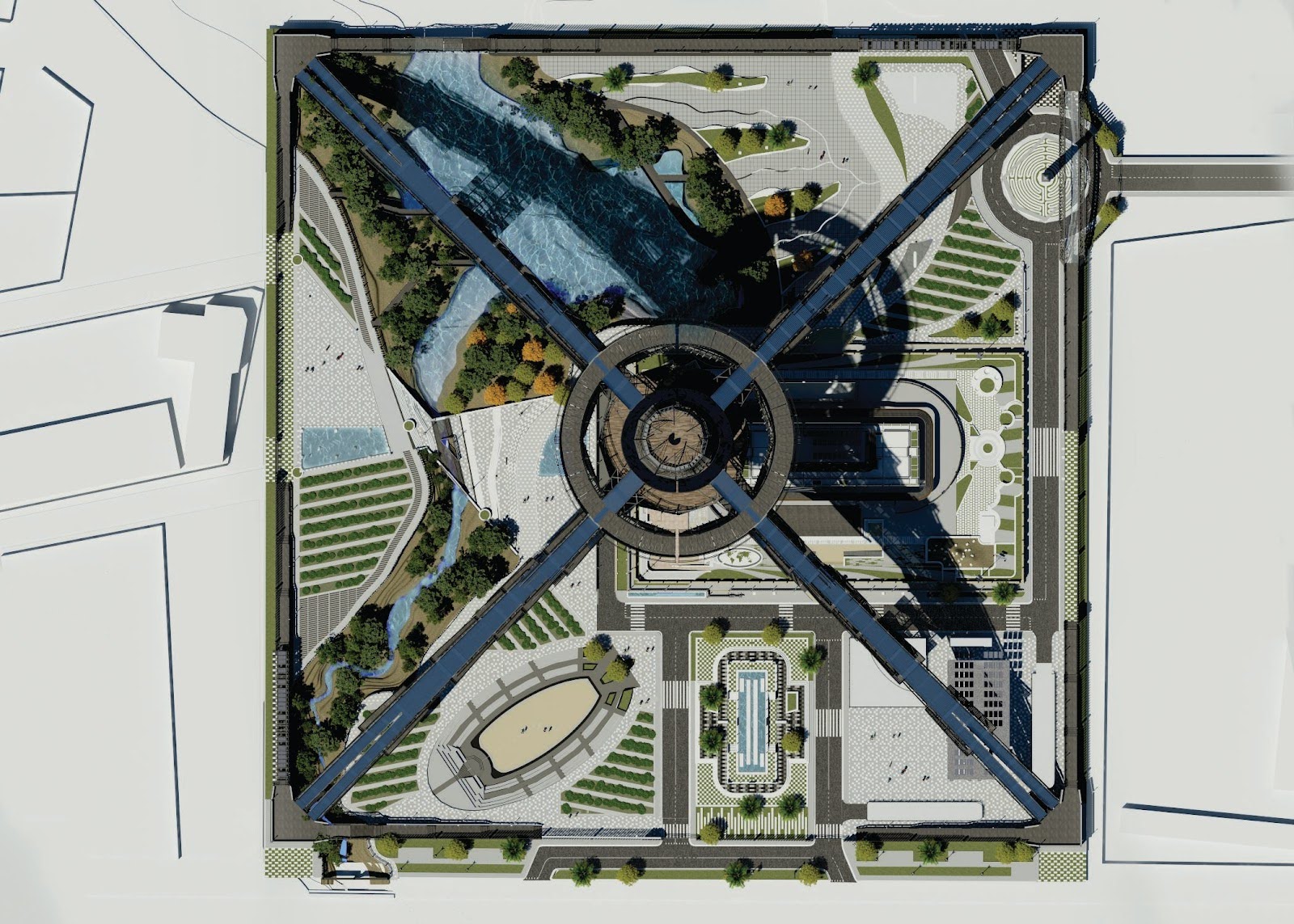
The building stands on a 100m x 100m base, the same footprint as the Eiffel Tower, but its form speaks entirely in African terms. At its crown sits the Queen Mother Corona, a transparent oval structure shaped like a ceremonial cup and Eucharistic host. It symbolises the intertwining legacies of faith, empire, and memory.
The design draws from:
A bronze-toned lattice wraps the building like woven cloth, catching light and shadow throughout the day.
Inside, four wings connect through spiral stairs, elevators, and walkways that carry visitors through a layered experience of history and culture.
At each of the four cardinal points, a staircase leads up to an 80-meter-high panoramic walkway. This elevated ring honors the erased Benin Walls and offers views of the lake, gardens, and sculpture path.
Below, ground-level paths and bridges mirror this circular journey, connecting courtyards, gardens, and reflective spaces. Movement through the site is intentionally looped, echoing African cosmologies of time and return.
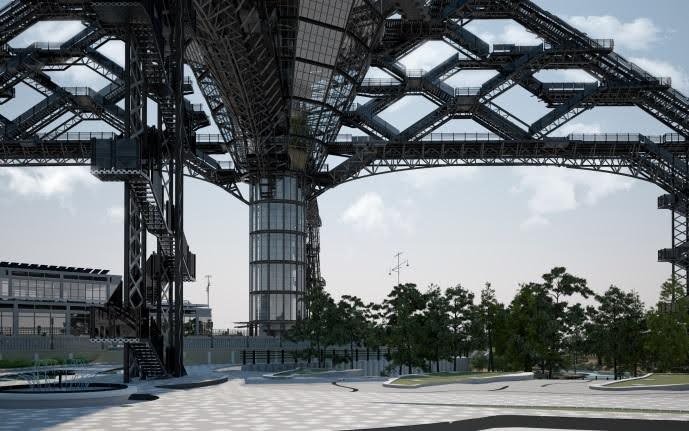
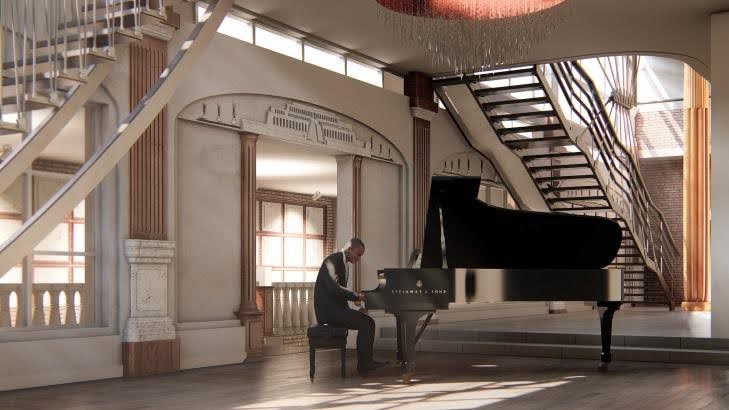
The museum’s interior is shaped by openness and light. Double central elevators and a dramatic spiral staircase carry visitors through a vertical journey across time.
Below ground, the Oculus memorial gallery immerses visitors in a solemn space of reflection, its atmosphere shaped by water-filtered light, concrete textures, and historical weight.
The ascent through column-free galleries, lined with materials like timber and precast concrete, culminates in the Queen Mother Corona, a luminous oval observatory symbolizing the Eucharist. This final space offers visitors a moment of quiet reckoning and expansive perspective.
Beyond the museum walls, the surrounding grounds form a living cultural complex.
Adjacent to the museum is The Cage (Igbo Hall), a public space for film, food, books, and community. With a cinema, spa, rooftop bar, and lakeside promenade, it offers a modern civic gathering space grounded in heritage.
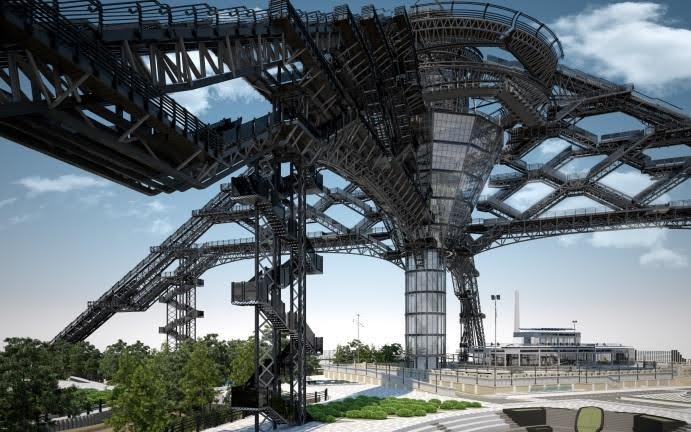
Whether you're an academic, a citizen, or a cultural investor, there’s a role for you in shaping what this museum becomes.
Develop research programs, fellowships, and residencies rooted in African epistemologies and cultural science.
The museum’s spatial archive offers a space for original interpretation and new knowledge.
Walk the labyrinth beneath 54 flags, and stand in the Corona’s ring. This monument was made with you in mind.
Subscribe to Black House, a living chronicle that follows the museum’s creation, community events, and cultural milestones.
With over 500,000 projected annual visitors, a UNESCO-aimed design, and long-term cultural value, this is a landmark to shape a generation.
Sponsor a gallery, support naming rights, or fund the botanical walk.
The Motherland Museum is a place where history is reclaimed, futures are imagined, and global voices come together. Whether you're here to study, to build, or to witness, it all starts with showing up.